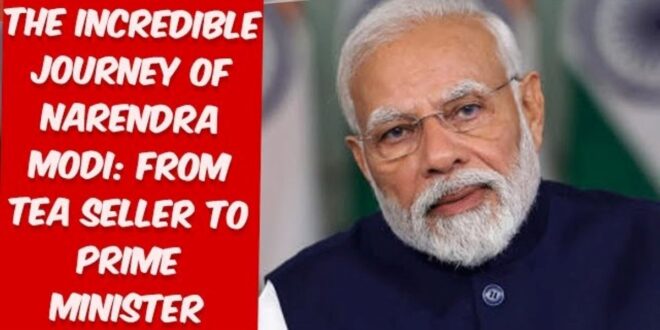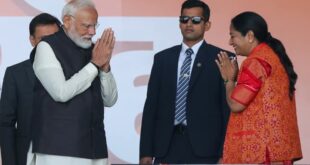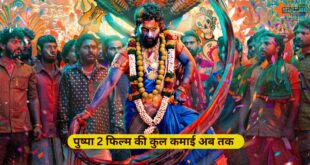Narendra Modi’s Life Struggle & Journey : Narendra Modi’s ascent from a humble tea seller to the Prime Minister of India is a remarkable tale of determination, perseverance, and political acumen. His journey embodies the spirit of India’s democratic ethos and reflects the potential for ordinary individuals to achieve extraordinary heights through hard work and vision. This article delves into Modi’s life, tracing his evolution from a small-town boy in Gujarat to becoming the leader of the world’s largest democracy.
Narendra Modi’s Early Life and Background
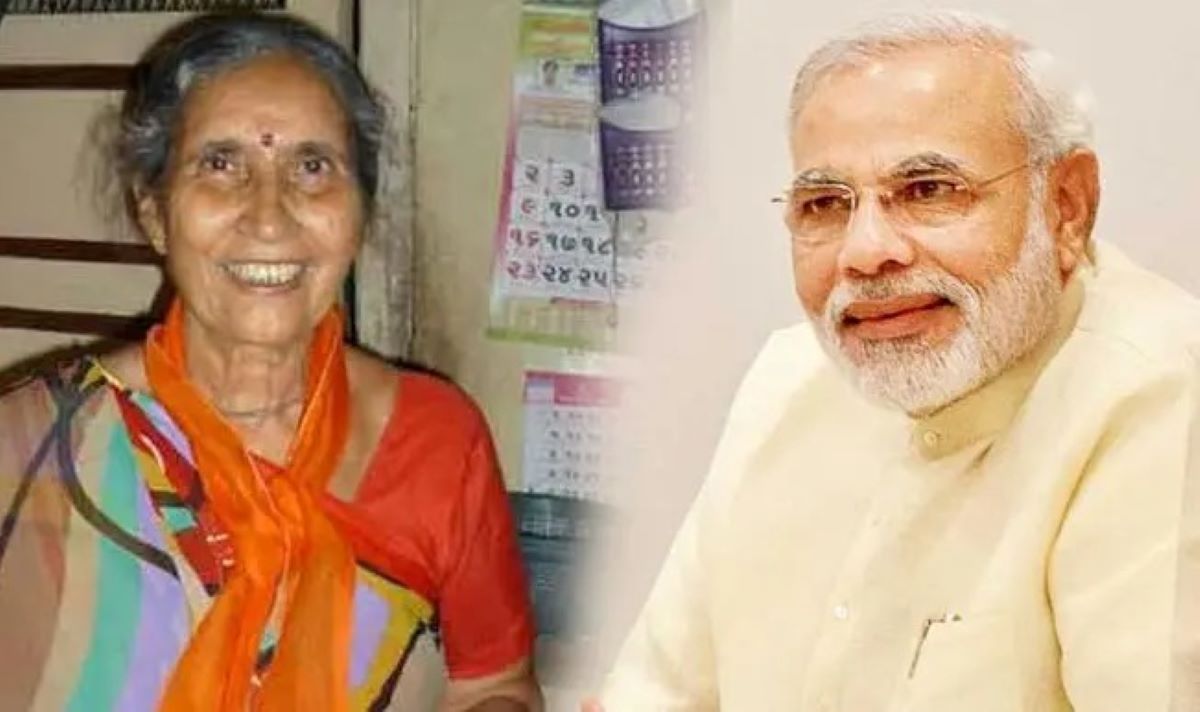
Narendra Damodardas Modi was born on September 17, 1950, in Vadnagar, a small town in Gujarat. He was the third of six children born to Damodardas Modi and Hiraben Modi. His family belonged to the OBC (Other Backward Class) community, and his father ran a tea stall. Modi’s early years were marked by modesty and hardship, which shaped his understanding of the struggles faced by the common man.
Narendra Modi’s Life Struggle & Journey
From a young age, Modi was actively involved in his family’s tea stall business. He would often help his father in serving tea and managing the stall, an experience that would later contribute to his understanding of grassroots issues and people’s concerns. Despite his family’s financial constraints, Modi was academically inclined and showed a keen interest in social issues.
Narendra Modi’s early political aspirations
Modi’s political journey began when he joined the Rashtriya Swayamsevak Sangh (RSS), a Hindu nationalist organization, at a young age. The RSS played a significant role in shaping his ideological framework and political outlook. Modi’s involvement with the RSS provided him with a platform to develop his organizational skills and engage in social work.
In the early 1970s, Modi was actively involved in various political movements and was a key member of the Akhil Bharatiya Vidyarthi Parishad (ABVP), the student wing of the Bharatiya Janata Party (BJP). His participation in these movements helped him build a network of contacts and gain political experience.
Narendra Modi is the rise of Gujarat politics

Modi’s political journey took a significant turn when he was appointed as the General Secretary of the BJP’s Gujarat unit in 1988. His organizational skills and dedication quickly gained him recognition within the party. In 1995, he was appointed as the BJP’s National Secretary, overseeing the party’s activities in the states of Gujarat and Himachal Pradesh.
Narendra Modi’s Life Struggle & Journey
In 2001, Modi was appointed as the Chief Minister of Gujarat, succeeding Keshubhai Patel. His tenure as Chief Minister was marked by both achievements and controversies. Modi focused on economic development, infrastructure projects, and industrial growth, which earned him praise for transforming Gujarat into a vibrant economic hub. However, his tenure was also marred by the 2002 Gujarat riots, which led to criticism and allegations of mishandling the situation.
Narendra Modi’s development agenda and economic reforms
Despite the controversies, Modi’s focus on development and economic reforms remained a cornerstone of his political career. As Chief Minister, he implemented various initiatives to boost Gujarat’s economy, including the establishment of special economic zones (SEZs) and infrastructure projects such as the Sabarmati Riverfront Development and the Gujarat International Finance Tec-City (GIFT City).
Modi’s emphasis on good governance and development strategies resonated with many voters. He promoted the “Gujarat Model” of development, which highlighted the state’s achievements in economic growth, infrastructure, and governance. His success in transforming Gujarat into a business-friendly state bolstered his reputation as a capable leader.
Narendra Modi’s National Political Platform
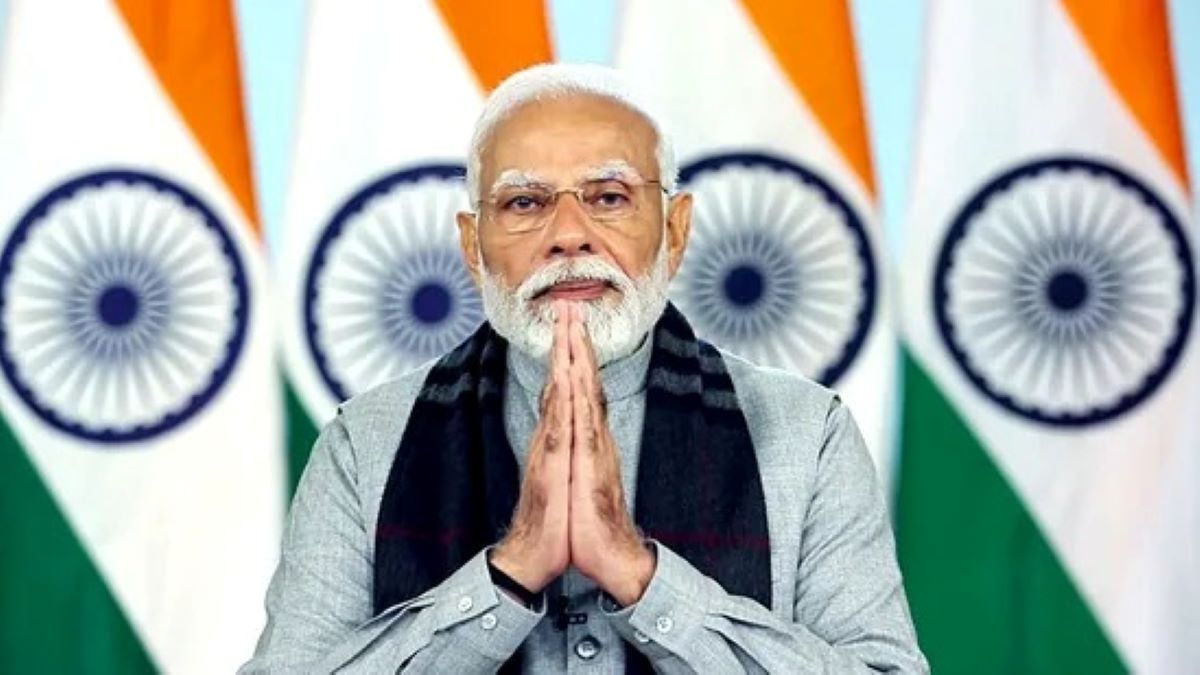
In 2013, Modi was appointed as the BJP’s Prime Ministerial candidate for the 2014 general elections. His candidacy was driven by the desire to present a strong and decisive leadership option to the Indian electorate. Modi’s campaign was marked by his focus on economic development, good governance, and combating corruption.
The 2014 general elections resulted in a historic victory for the BJP, with the party securing a majority in the Lok Sabha. Narendra Modi was sworn in as the 14th Prime Minister of India on May 26, 2014. His election marked a significant shift in Indian politics, with the BJP emerging as a dominant political force.
Major achievements and policies of Narendra Modi
As Prime Minister, Modi introduced several key initiatives aimed at transforming India. One of his flagship programs was the “Make in India” campaign, which aimed to boost manufacturing and create job opportunities. He also launched the “Digital India” initiative to promote digital literacy and e-governance.
Narendra Modi’s Life Struggle & Journey
Modi’s government implemented the Goods and Services Tax (GST), a major tax reform aimed at creating a unified tax structure across the country. Additionally, the Swachh Bharat Abhiyan (Clean India Mission) was launched to promote sanitation and cleanliness.
Modi’s foreign policy was characterized by efforts to strengthen India’s global standing. He focused on building strategic partnerships with various countries and enhancing India’s role in international organizations.
Narendra Modi’s challenges and criticism
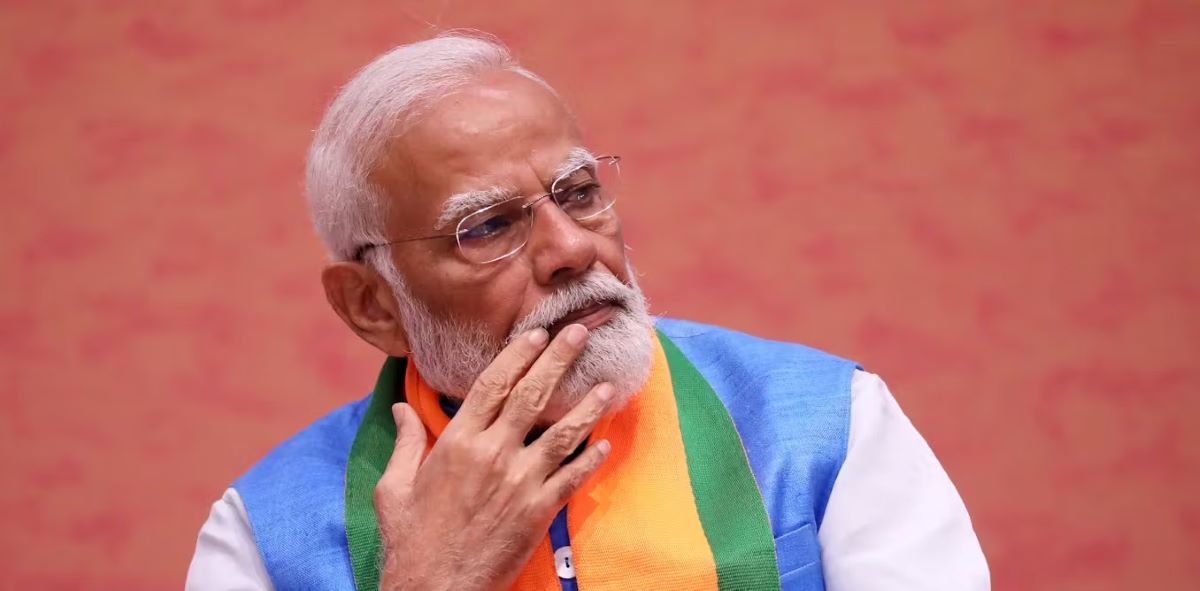
Modi’s tenure has not been without challenges and criticisms. His government has faced criticism over issues such as religious tensions, economic reforms, and social policies. The handling of the 2020 COVID-19 pandemic and the subsequent economic impact also drew scrutiny.
Despite the criticisms, Modi’s leadership has continued to resonate with a significant portion of the Indian population. His ability to connect with voters, communicate effectively, and address key issues has contributed to his continued popularity.
Narendra Modi’s legacy and influence
Narendra Modi’s journey from a tea seller to the Prime Minister of India is a testament to his resilience and political acumen. His rise to power reflects the possibilities inherent in India’s democratic system, where individuals from diverse backgrounds can achieve significant positions of influence.
Modi’s impact on Indian politics and governance has been profound. His focus on economic development, infrastructure, and good governance has left a lasting mark on the country’s trajectory. His leadership has shaped India’s domestic and foreign policies and has influenced the nation’s discourse on various issues.
Narendra Modi’s Life Struggle & Journey
Conclusion
Narendra Modi’s journey is a remarkable example of how determination, hard work, and vision can propel individuals to great heights. From his early days as a tea seller to becoming the Prime Minister of India, Modi’s story embodies the spirit of ambition and perseverance. As India continues to navigate its challenges and opportunities, Modi’s leadership and contributions will remain a significant chapter in the nation’s history.
National Engineer’s Day of India: Celebrating the Minds Powering Development
Elon Musk’s Starship Project : Shaping the Future of Human Space Travel and Planetary Settlements
 Social Hungama Hindi News, हिंदी न्यूज़ , Hindi Samachar, हिंदी समाचार, Latest News in Hindi, Sarkari Result
Social Hungama Hindi News, हिंदी न्यूज़ , Hindi Samachar, हिंदी समाचार, Latest News in Hindi, Sarkari Result
